Balancing on roller skates can feel tricky at first, but it’s totally doable with the right tips. Here’s the deal: falling is normal - it’s how you learn. Start by gearing up with proper safety equipment, focus on a solid stance, and practice simple balance exercises. Keep your knees bent, distribute your weight evenly, and use your arms to steady yourself. To stop safely, master beginner-friendly techniques like the T-stop or plow stop. With patience and practice, you’ll build confidence and control in no time. Let’s break it all down step by step!
Safety Gear and Equipment Setup
Selecting Beginner Skates
The way your skates fit can make or break your skating experience. A proper fit means your toes should lightly touch the front, your heels should stay snug in place, and your ankles should feel supported - all without any pinching or discomfort. Good ankle support is key, and your laces should allow a slight knee bend for flexibility. Steer clear of skates that are too tight or too loose; both can throw off your balance and increase the risk of falls, particularly backward. Once you’ve found skates that fit just right, it’s time to think about the safety gear that’ll keep you protected while learning the ropes.
How to Roller Skate for Beginners! Learn to balance on one foot, shoot the duck, and T Stop!
Correct Stance and Body Position
Got your gear ready? Great - now it’s time to nail down your stance and body control. The way you position yourself on roller skates makes all the difference when it comes to balance and control. Getting this right from the beginning sets you up for smooth skating as you progress.
Basic Skating Stance
Think of sitting in an invisible chair: keep your back straight, knees slightly bent, and engage your core by pulling your belly button toward your spine. Your knees and hips should stay soft and slightly bent, while your chest remains upright. Relax - tension can throw off your balance.
Weight Distribution Techniques
Once you’re steady on your skates, practice shifting your weight from one foot to the other. Start small - just gentle shifts - and gradually make the movements bigger as you gain confidence. This helps your body learn how to stay balanced while you’re moving. Want extra stability? Use your arms to help steady yourself.
Using Your Arms for Balance
Your arms are like your secret weapon for balance. When you’re just starting out or learning how to brake, keep your hands at waist level and within your peripheral vision. Imagine you’re lightly gripping scooter handlebars at your waist. This arm position keeps you aware of your body and helps you stay steady.
Balance Practice Exercises
Building balance is your first step toward becoming a confident roller skater. These exercises are designed to help your muscles get used to what good balance feels like. Start slow, master the basics, and take your time - there’s no need to rush.
Standing Balance Practice
Before you start rolling, practice simply standing on your skates. Find a safe spot near a wall or a sturdy railing to hold onto for support. Begin by standing with both feet on the ground. Then, try lifting one foot slightly off the ground for a few seconds at a time.
Single-leg balance drills are a great way to improve stability. Hold onto your support and stand on one leg, then gradually let go for short periods. This will strengthen your core and help you feel more stable on one leg - an essential skill for skating. Start with 10–15 seconds per leg and work up to 30 seconds as you gain confidence. Don’t forget to alternate between your left and right legs for balanced training.
Once you’re comfortable standing still, you can start practicing dynamic movements.
Movement and Weight Shifts
When you’re ready to move, begin with small, controlled steps while keeping your weight centered over your skates. From there, try gliding: push off with one foot and let the other roll forward, switching legs as you go.
Focus on smooth weight transfers and even pressure during each movement. After each push, bring your leg back under your body before starting the next stride. This keeps your movement controlled and balanced.
For turning, lean gently in the direction you want to go, allowing your body weight to shift naturally. Start with wide, easy curves and progress to sharper turns as you get more comfortable. Practicing figure eights or circles is a great way to improve your edge control and balance.
Strength Training Off Skates
To complement your skating practice, add some off-skate strength training to your routine. Building strength in key muscle groups will improve your overall stability and make balancing on skates much easier. Roller skating works a variety of muscles - your core, glutes, hamstrings, quads, calves, abs, and lower back - so targeting these areas is a smart move.
Work on your core with exercises like planks and sit-ups. For balance, try single-leg drills without your skates. Strengthen your legs with squats, lunges, calf raises, and wall sits. These exercises mimic the motions of skating and build the endurance needed for pushing and gliding. Just 10 to 15 minutes of strength training, three times a week, can make a big difference.
Balance is the foundation of safe and confident roller skating. The stronger your muscles are, the more stable and self-assured you’ll feel on wheels. So don’t skip your off-skate training - it’s just as important as time spent practicing on skates!
sbb-itb-17ade95
Common Mistakes to Fix
Starting anything new comes with its fair share of hiccups, and skating is no exception. But here’s the good news: once you spot these common missteps, you can fix them quickly and feel more stable and confident on your skates.
Rigid Ankles and Knees
One big mistake beginners make? Keeping their legs too stiff and straight. When your knees and ankles are locked, your body can’t adjust to small shifts in momentum or uneven surfaces. This lack of flexibility throws off your balance and makes falls more likely. As Leila Thomas, an experienced figure skater, puts it:
"If you straighten your skating leg too much, it will be very difficult to maintain balance and you can fall quite easily." - Leila Thomas, Figure Skater
Instead, aim for a slight bend in your knees - about 20–30 degrees. This keeps your center of gravity lower and gives you the flexibility to adjust quickly. Your ankles should also stay firm yet flexible, helping you fine-tune your balance. If you’re feeling wobbly, check your stance - a small knee bend can make a world of difference.
And don’t forget about your feet - how you position them matters too.
Wrong Foot Spacing
Foot placement is another common stumbling block. Beginners often spread their feet too wide, thinking it’ll make them more stable, or they keep them too close together, which actually weakens their balance. The sweet spot? A shoulder-width stance. Raymond Lincourt, a business owner with a knack for teaching beginners, offers this advice:
"Take your feet and spread them shoulder-width apart, bend your knees, and position your shoulders over your knees. Keep this position the whole time you are skating as a beginner." - Raymond Lincourt, Accountant and Business Owner
This stance not only improves stability but also builds the foundation for confident skating.
Once your body and feet are in the right position, it’s time to focus on where you’re looking.
Head and Eye Position
Your gaze plays a bigger role in your balance than you might think. Staring down at your feet shifts your center of gravity forward, messing with your alignment and making a fall more likely. Instead, keep your head up and look ahead in the direction you’re moving. This helps you anticipate obstacles, changes in the surface, or other skaters, all while keeping your shoulders, hips, and weight properly aligned.
Let your peripheral vision handle what’s happening immediately around you. Keeping your focus forward not only improves your balance but also boosts your confidence as you skate.
Basic Stopping Methods
Once you've got your balance and stance down, the next step in your skating journey is learning how to stop. Stopping is all about keeping control - over your speed and, well, your nerves! Many beginners find themselves skating faster than they’re ready for, so having a few reliable stopping techniques in your toolkit is a game-changer. Let’s break down two popular methods to help you manage your speed safely.
T-Stop Method
The T-stop is a go-to technique for many skaters because it’s straightforward and works well. It’s called the T-stop because you’ll use one foot to drag behind the other, forming a "T" shape that slows you down through friction.
Here’s how to do it:
- Start rolling forward at a slow pace.
- Shift your weight onto your dominant leg, lifting the other foot slightly.
- Turn the lifted foot so it’s perpendicular to your direction of travel.
- Gradually lower it to the ground, applying light pressure to create friction.
- Increase the pressure slowly as needed, keeping your standing leg bent and arms out for balance.
Make sure to practice this on both sides. That way, you’ll feel confident stopping no matter which direction you’re skating. If the T-stop doesn’t feel like your style, don’t worry - there’s another option: the Plow Stop.
Plow Stop Method
The plow stop is often recommended for beginners because it’s simple and effective. This method uses a wedge shape created by your feet, along with outward pressure from your heels, to slow you down.
Here’s how to nail the plow stop:
- Start with your feet slightly wider than shoulder-width apart.
- Keep your toes pointing straight ahead - don’t turn them outward.
- Bend your knees deeply; the more you bend, the more control you’ll have.
- Push outward with your heels to create friction and reduce your speed.
- As you get better, you might notice your toes naturally turning inward a bit at the end of the stop - that’s totally normal and part of refining your technique.
Watch out for common mistakes, like keeping your feet too close together or pointing your toes outward while applying pressure. These can throw off your balance and make stopping harder.
Stopping Practice Tips
Like anything in skating, practice is your best friend when it comes to stopping. Work on both the T-stop and the plow stop, and make sure to practice on both sides of your body to avoid favoring one side too much. Start slow - really slow - and focus on getting the movements right. Once it feels natural, you can gradually increase your speed. Just don’t push it beyond what you’re comfortable with; safety first!
A good habit is to dedicate 10–15 minutes of each skating session to practicing your stops. This helps build muscle memory and prepares you for those moments when you need to stop quickly. Over time, you’ll find stopping becomes second nature, giving you more confidence to skate with control and ease.
Conclusion: Building Skating Skills Safely
Starting with the basics of safety, stance, and balance, you're now set to strengthen your skating skills. A solid foundation is key, and the elements we've covered - wearing proper safety gear, maintaining the correct stance, and practicing balance - work together to help you skate with confidence.
Safety gear, proper posture, and balance exercises are your go-to tools for safe skating. Progress happens differently for everyone. Some pick it up quickly, feeling at ease after a few sessions, while others may take a bit longer. And that's totally okay. The important thing is to stay consistent with your practice and not rush through the basics. Spend time on the T-stop and plow stop until they feel second nature - muscle memory takes time to develop.
Falling is just part of the process, so don’t let it discourage you. With the right gear and good technique, most falls are just minor bumps, not major setbacks.
Once you’re comfortable balancing and stopping, a whole new world of skills opens up - like smooth turns, skating backward, or even trying a few tricks. But don’t jump ahead too quickly. Nailing the basics first makes everything else much easier to learn.
Stick to safe spaces for practice, and don’t skip the protective gear. With time and effort, you’ll be ready to tackle advanced moves with confidence.
FAQs
What are common mistakes beginners make when learning to balance on roller skates, and how can they fix them?
Many people new to roller skating find balance to be a real challenge, and it often comes down to a few common missteps. One biggie? Keeping your knees too straight. When your knees are locked, it’s much harder to stay steady. Instead, try bending your knees just a bit - this lowers your center of gravity and makes balancing much easier. Another issue is not shifting your weight correctly. Beginners often keep their weight evenly distributed or aimed straight ahead, which can make controlling your movements trickier.
Here’s how to fix it: focus on keeping your knees slightly bent and practice shifting your weight from one foot to the other. A helpful trick is to turn one foot slightly outward while keeping the other knee bent to stay stable. Consistent practice and good posture will go a long way in boosting your confidence and reducing the chances of falling. Oh, and don’t skip the protective gear - knee pads and wrist guards are lifesavers when you’re still finding your groove!
What are the best tips for improving balance on roller skates if I still feel unsteady?
Feeling wobbly on roller skates? Don’t worry - it’s totally normal when you’re starting out. A few simple tweaks can make a big difference in finding your balance.
First, focus on your posture. Keep your back straight, bend your knees slightly, and center your weight over your skates. This lowers your center of gravity and helps you stay steady.
Next, engage your core muscles for extra support and try gently shifting your weight from one foot to the other. It’s a great way to get comfortable balancing while you’re moving. And here’s a pro tip: look ahead in the direction you’re skating, not down at your feet. This keeps your body aligned and helps with stability.
Lastly, don’t skip the protective gear. Wrist guards, knee pads, and a helmet can do wonders for your confidence. When you’re not worried about falling, it’s easier to focus on improving. Stick with it, and before you know it, you’ll feel much more at ease on your skates!
What are the best exercises to improve balance and strengthen muscles for roller skating?
Improving balance and building muscle strength off-skates can seriously boost your roller skating game. A simple yet effective exercise to start with is balancing on one leg. This not only enhances stability but also strengthens your core. Want to step it up? Hold the position longer or add small movements, like extending your arms, to make it more challenging.
Another go-to exercise is bodyweight squats. These are fantastic for strengthening your legs and fine-tuning your weight distribution. Just make sure to keep your back straight and your knees tracking over your toes for proper form. And don’t forget lunges - they’re awesome for building lower body strength and improving balance. Perform them slowly and with control for the best results.
Adding these exercises to your weekly routine can help you feel more steady and confident when you hit the rink. Take your time, stay consistent, and you’ll see the difference!





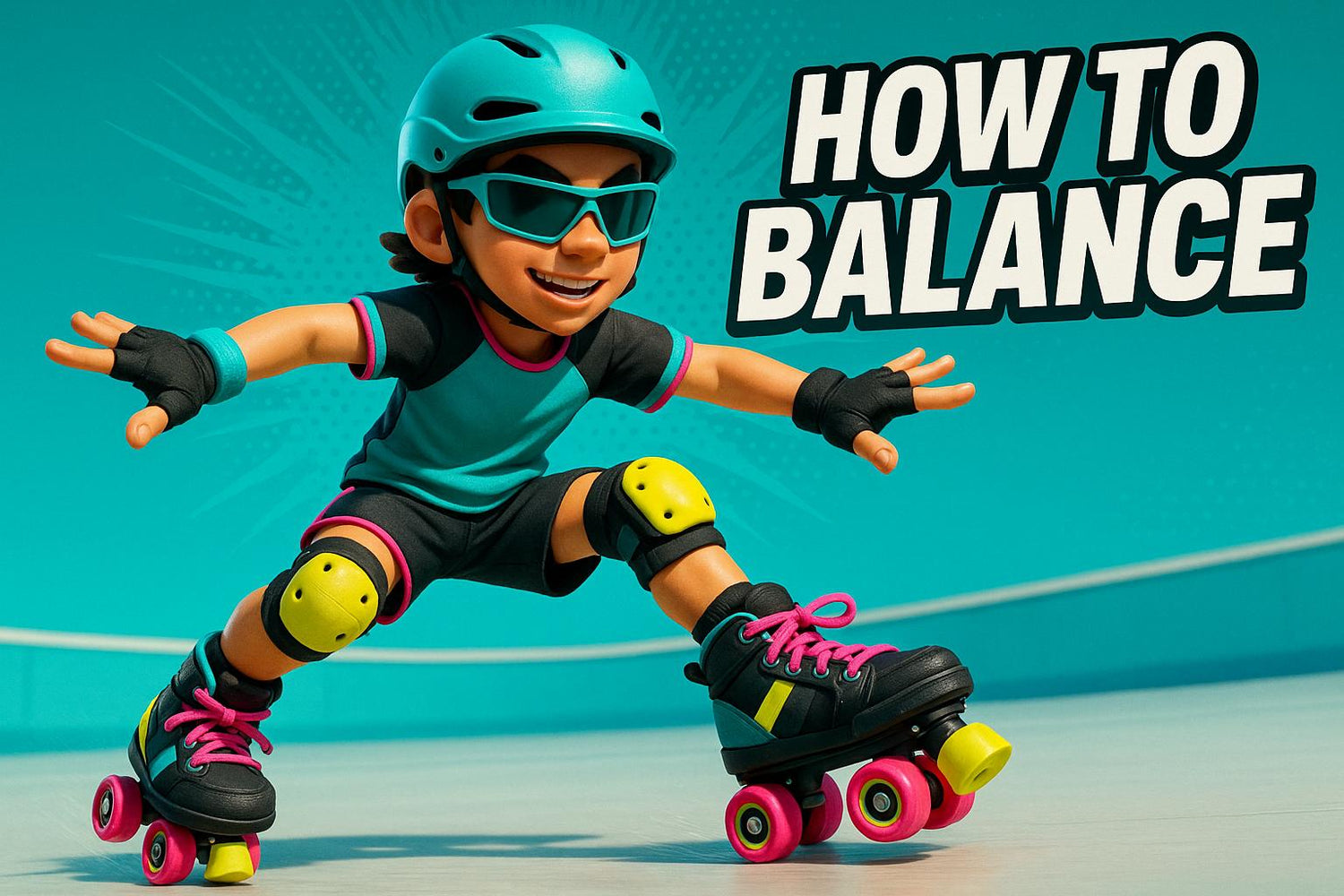
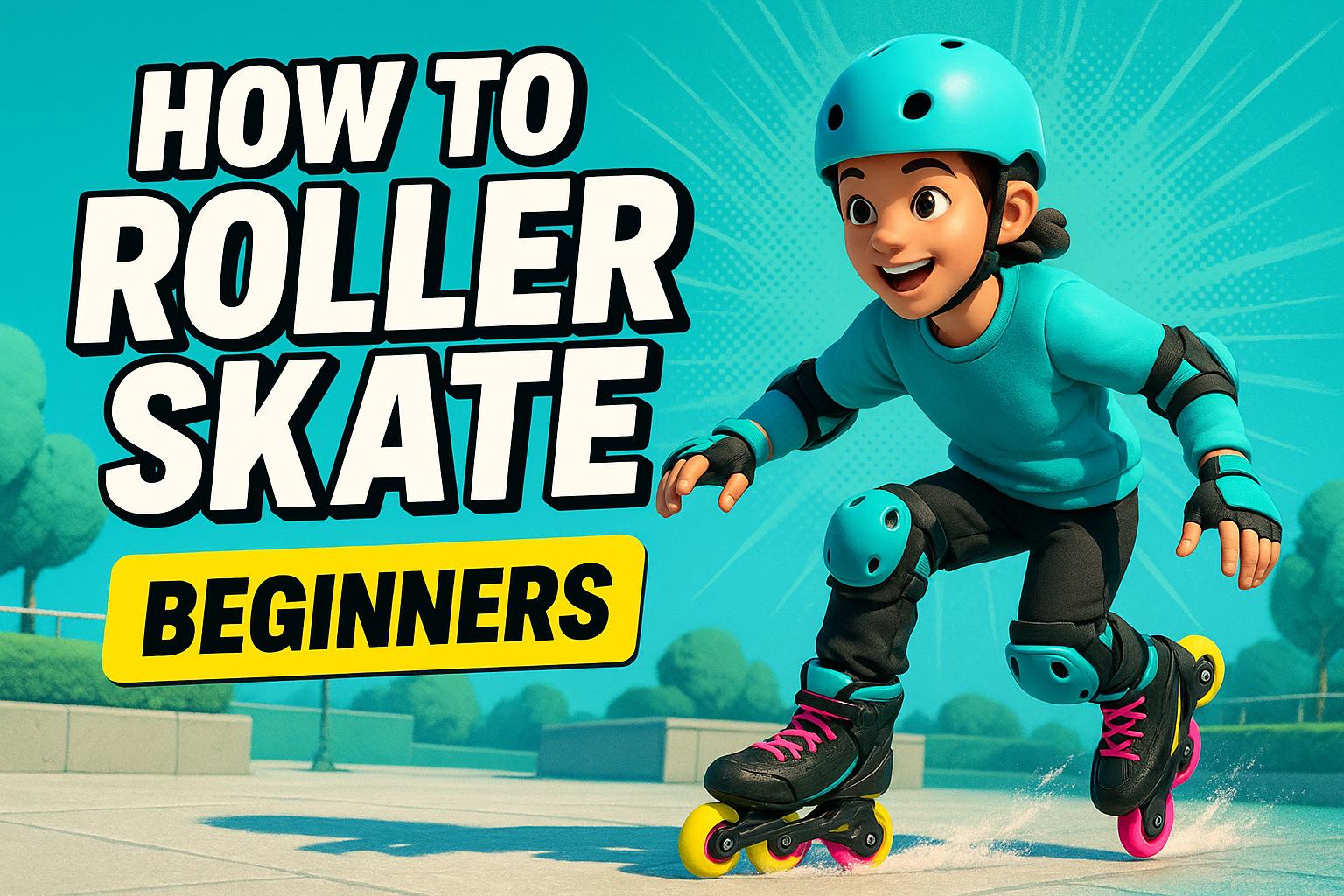
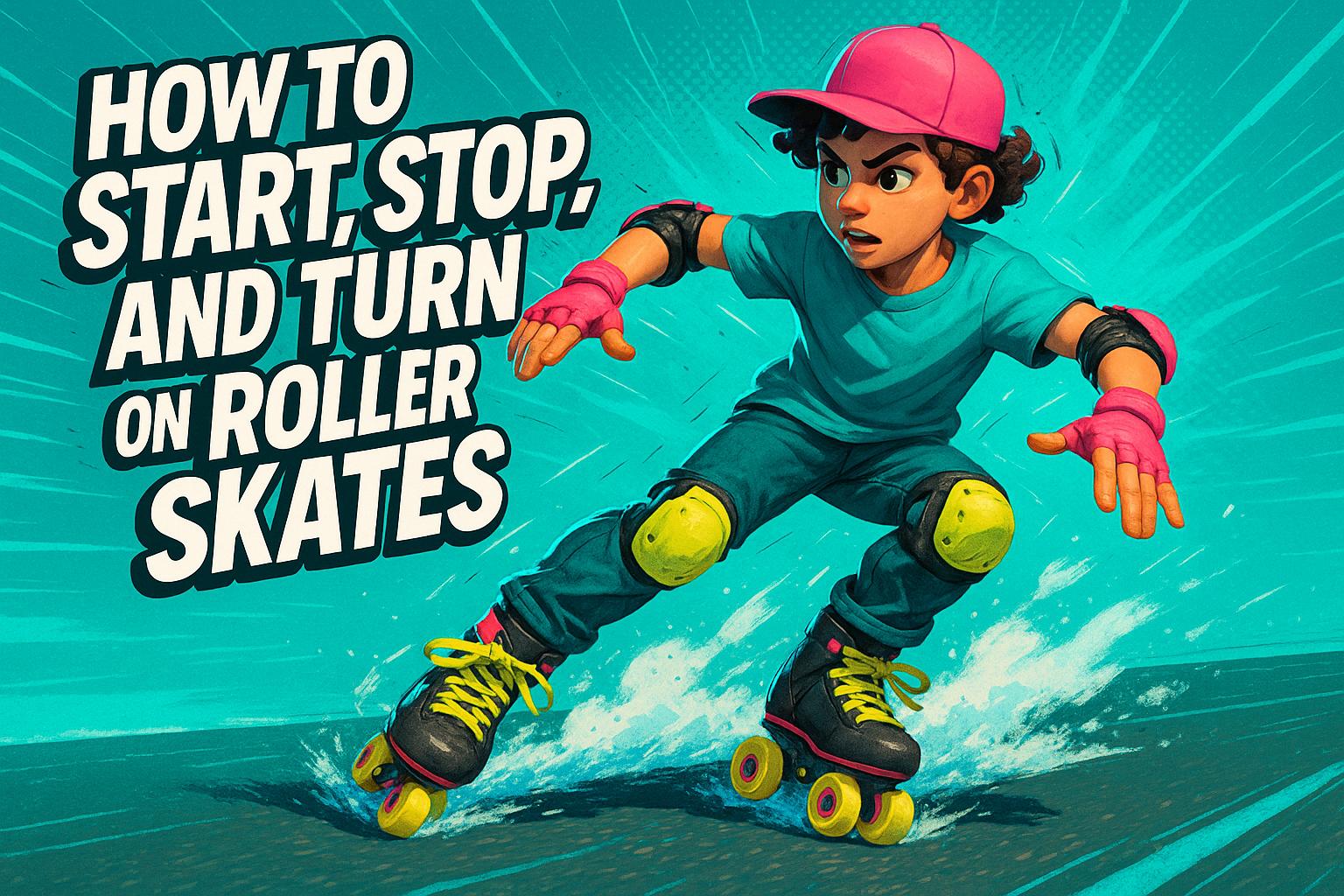
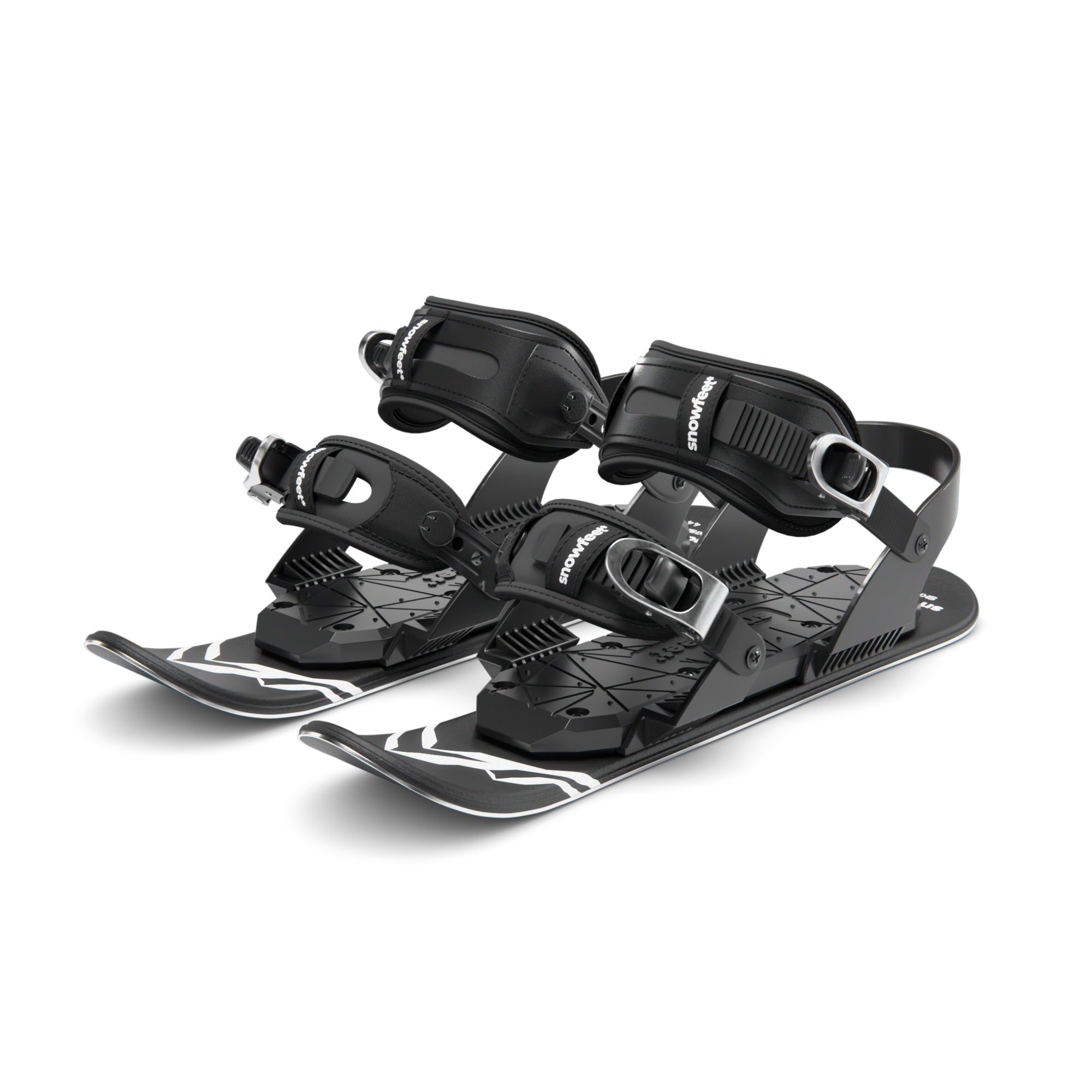
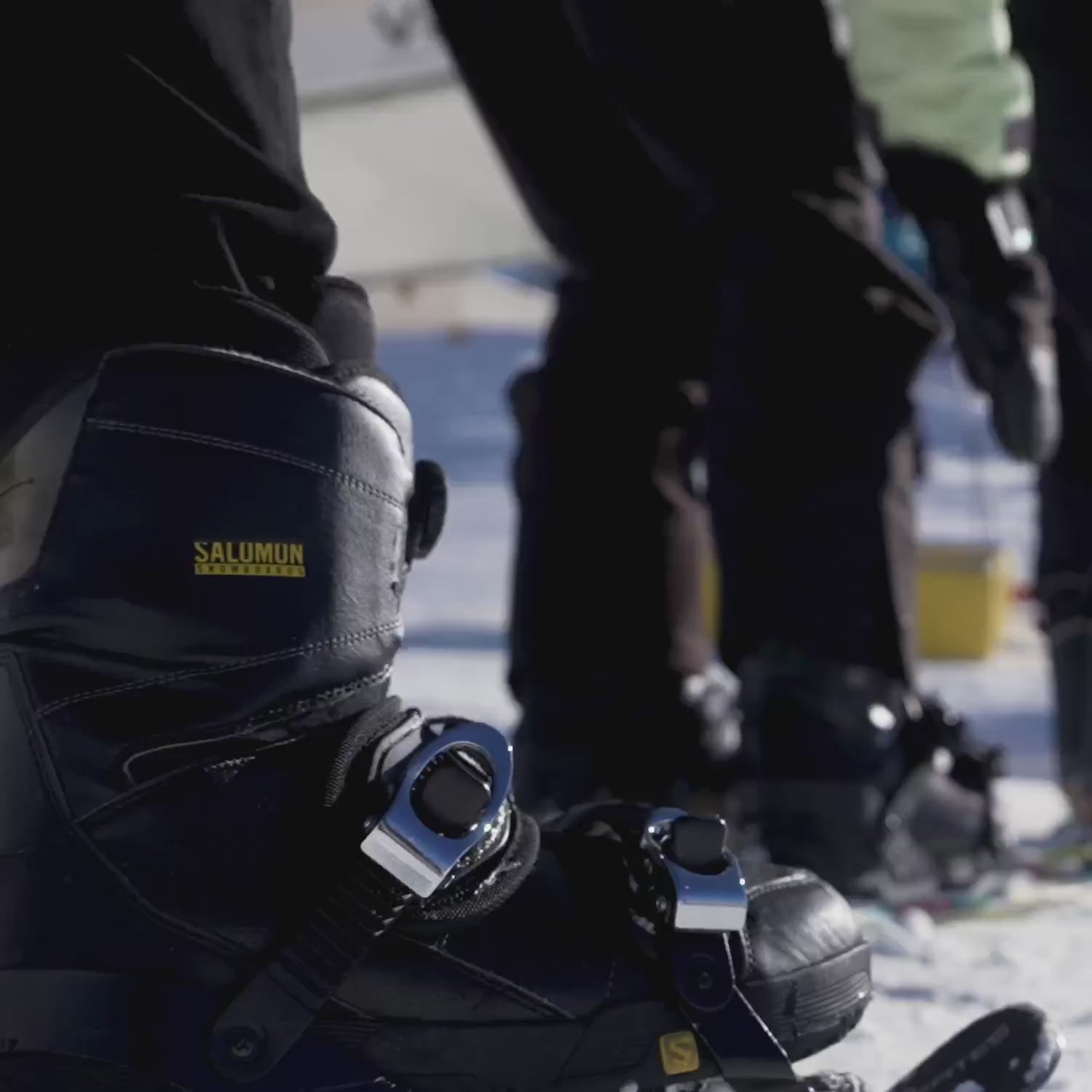
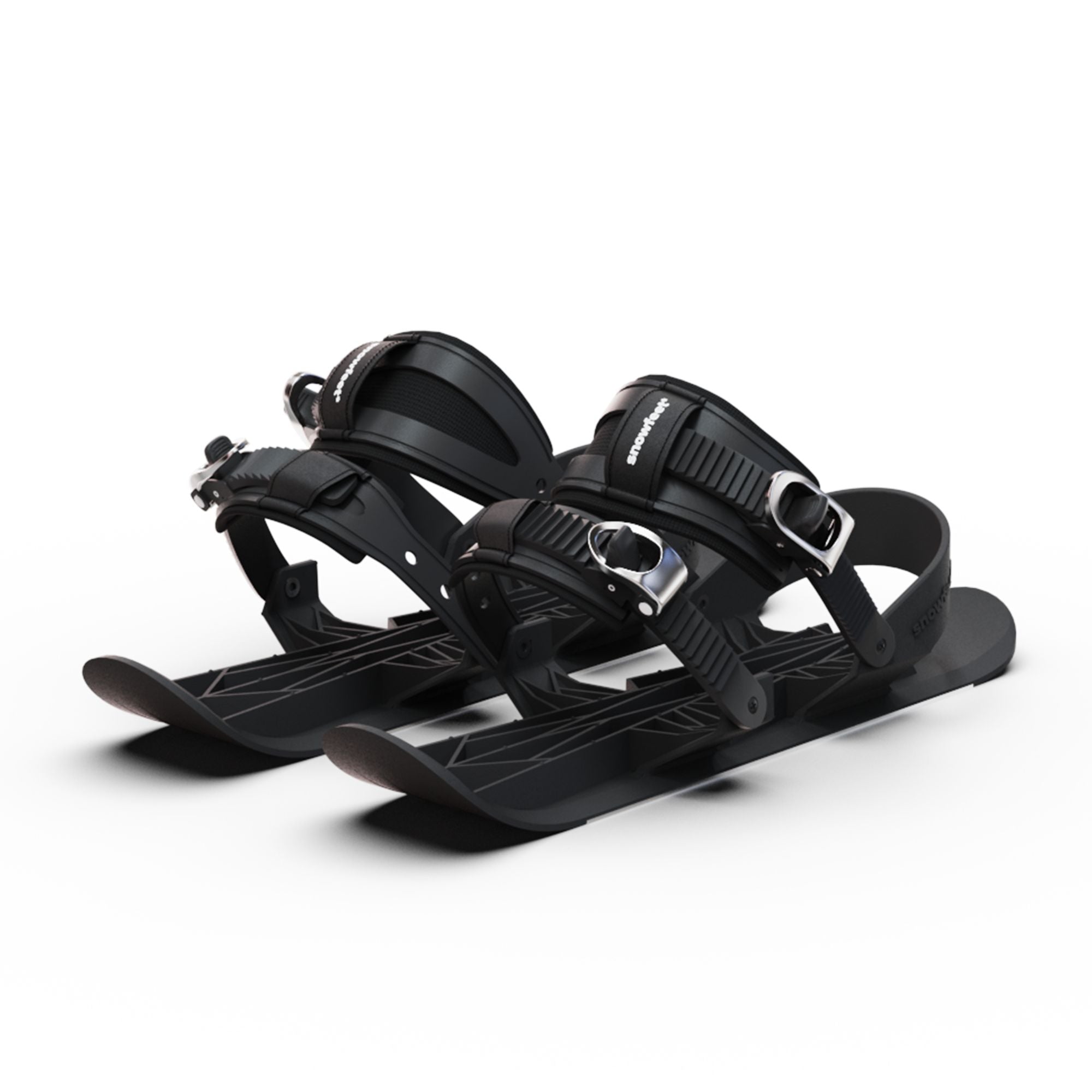
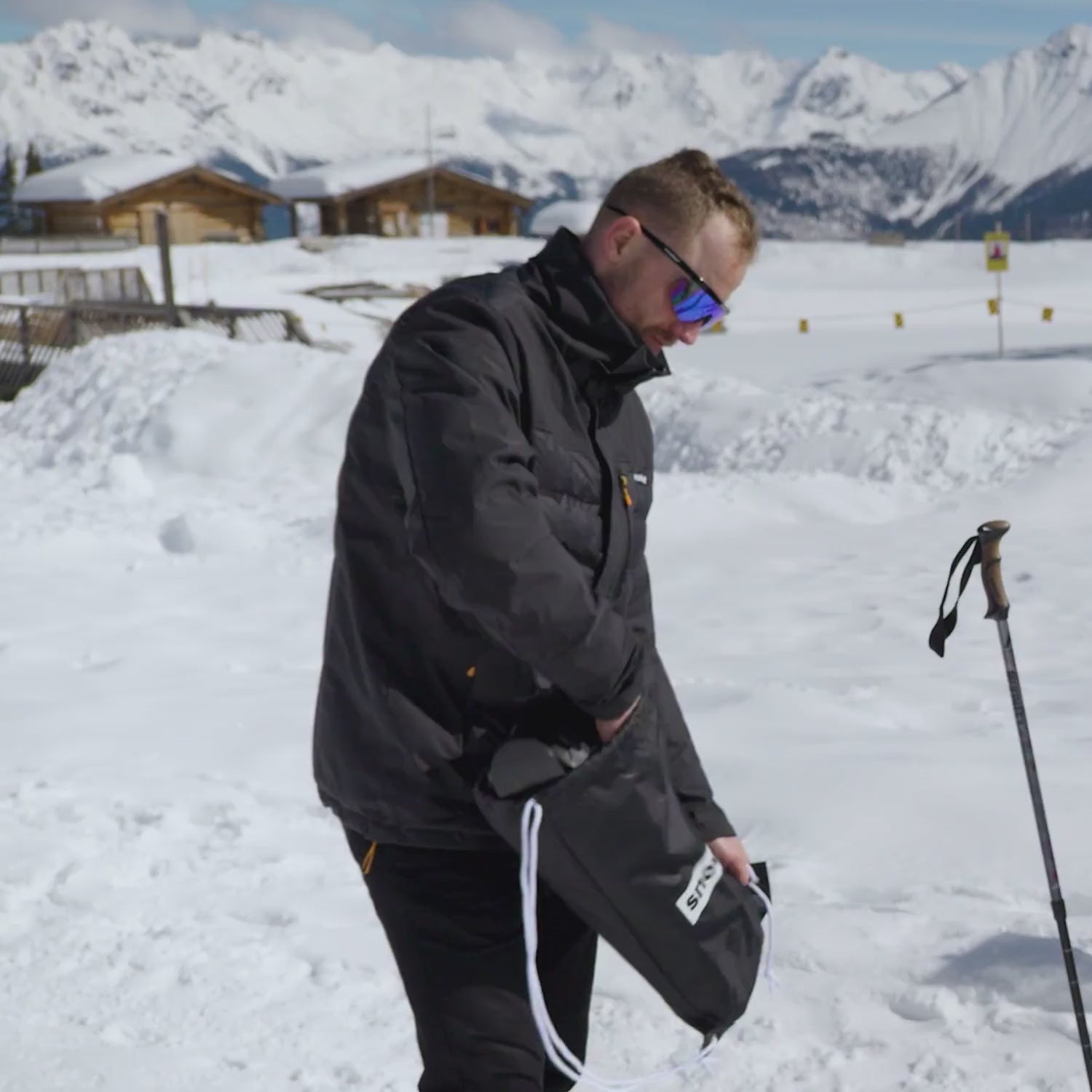
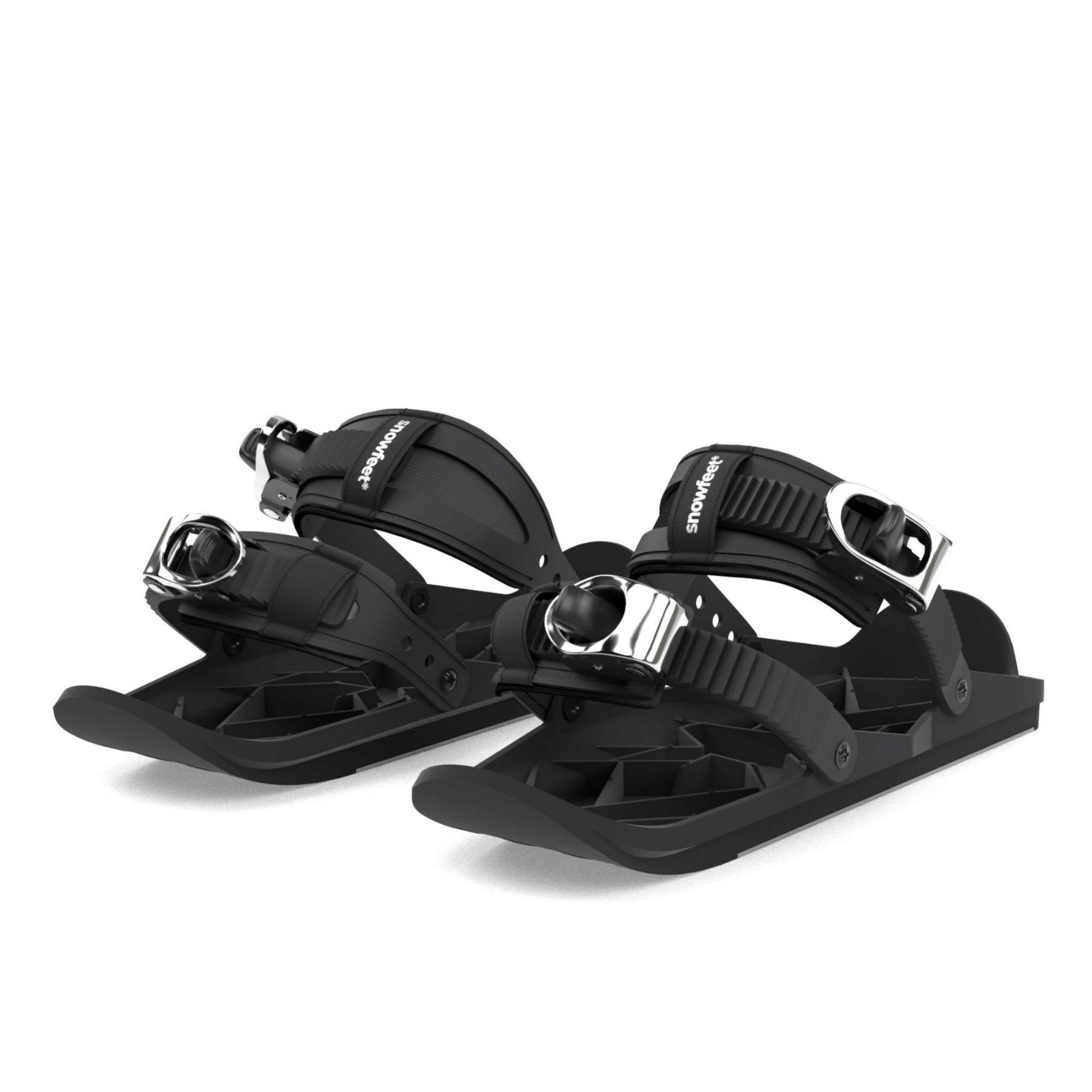
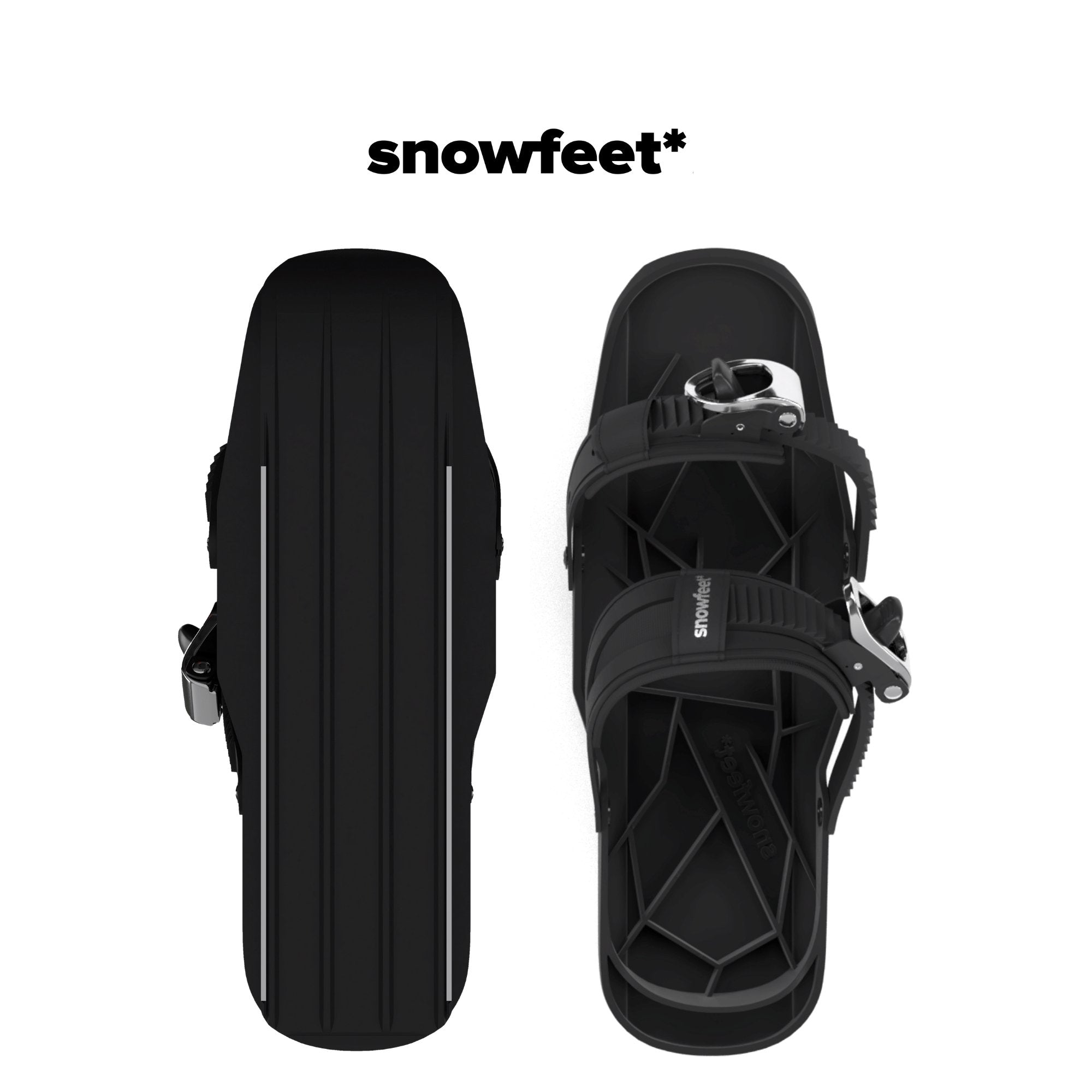
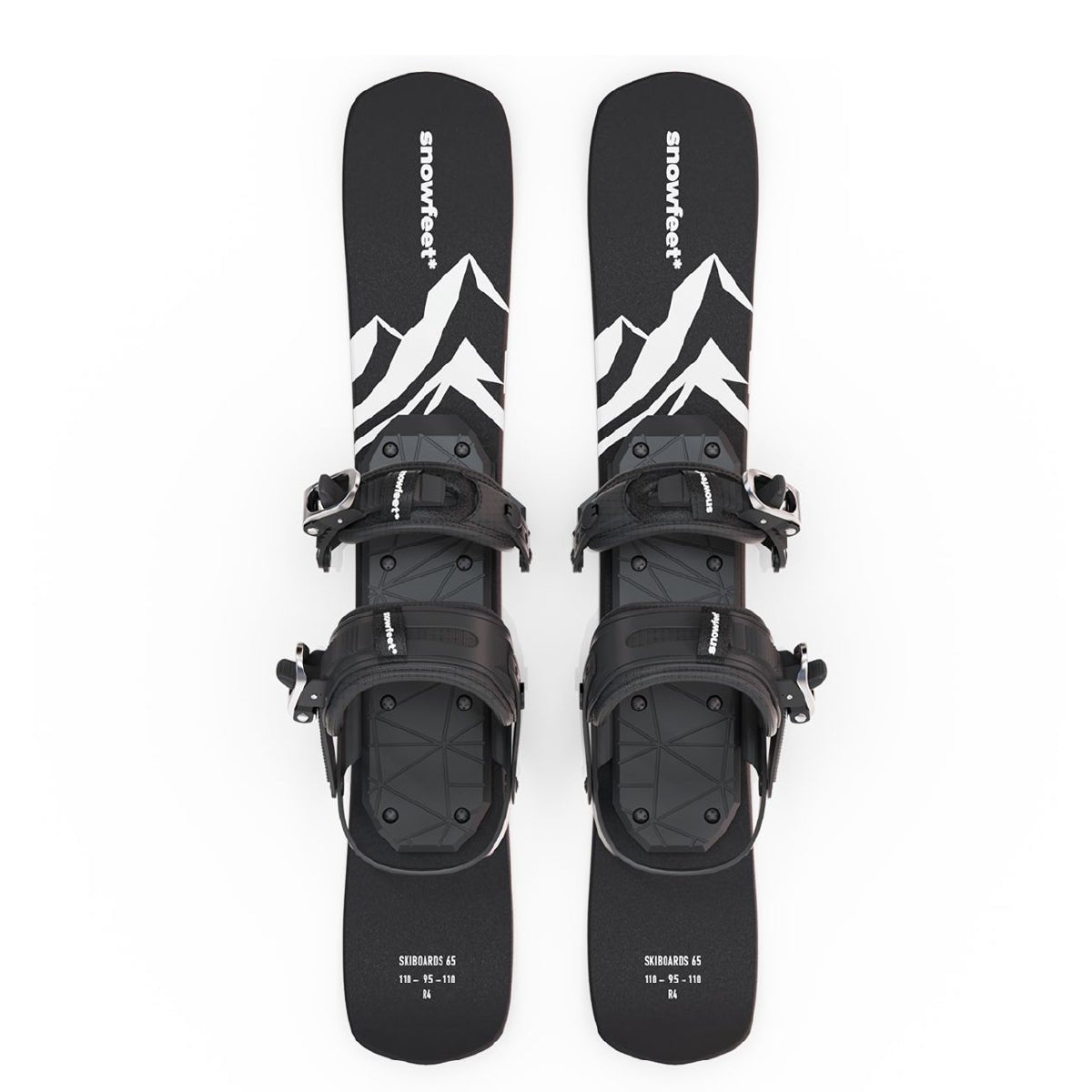
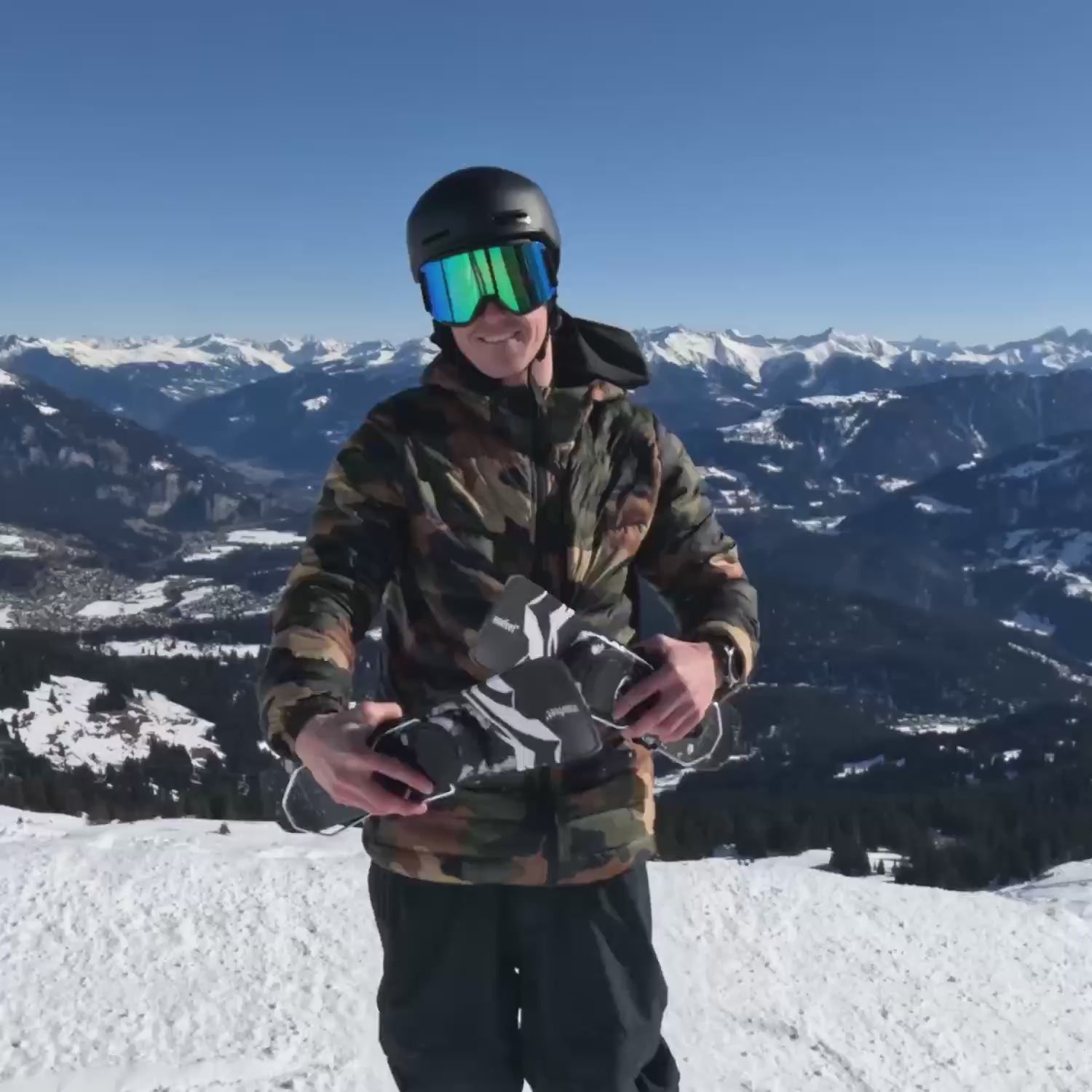
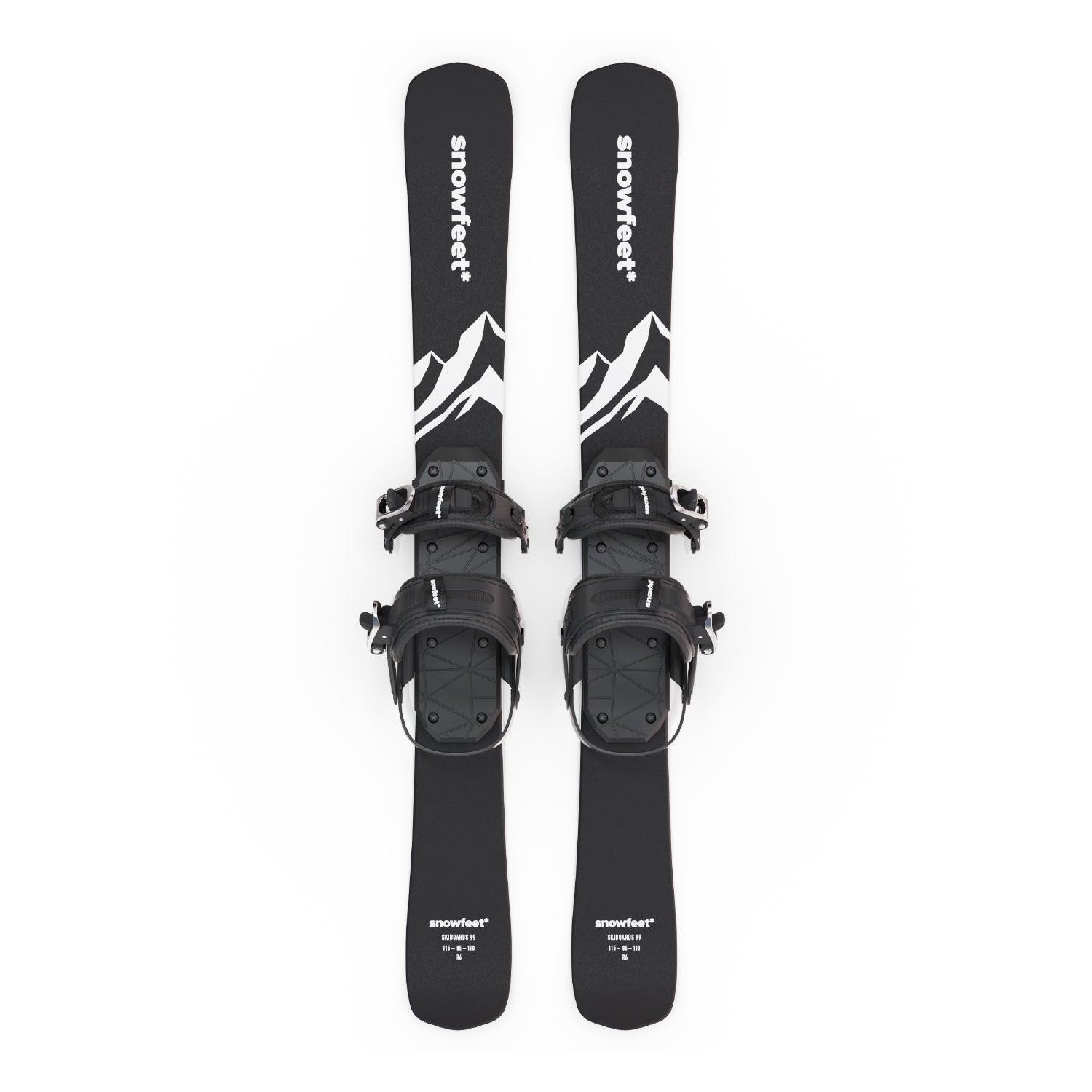
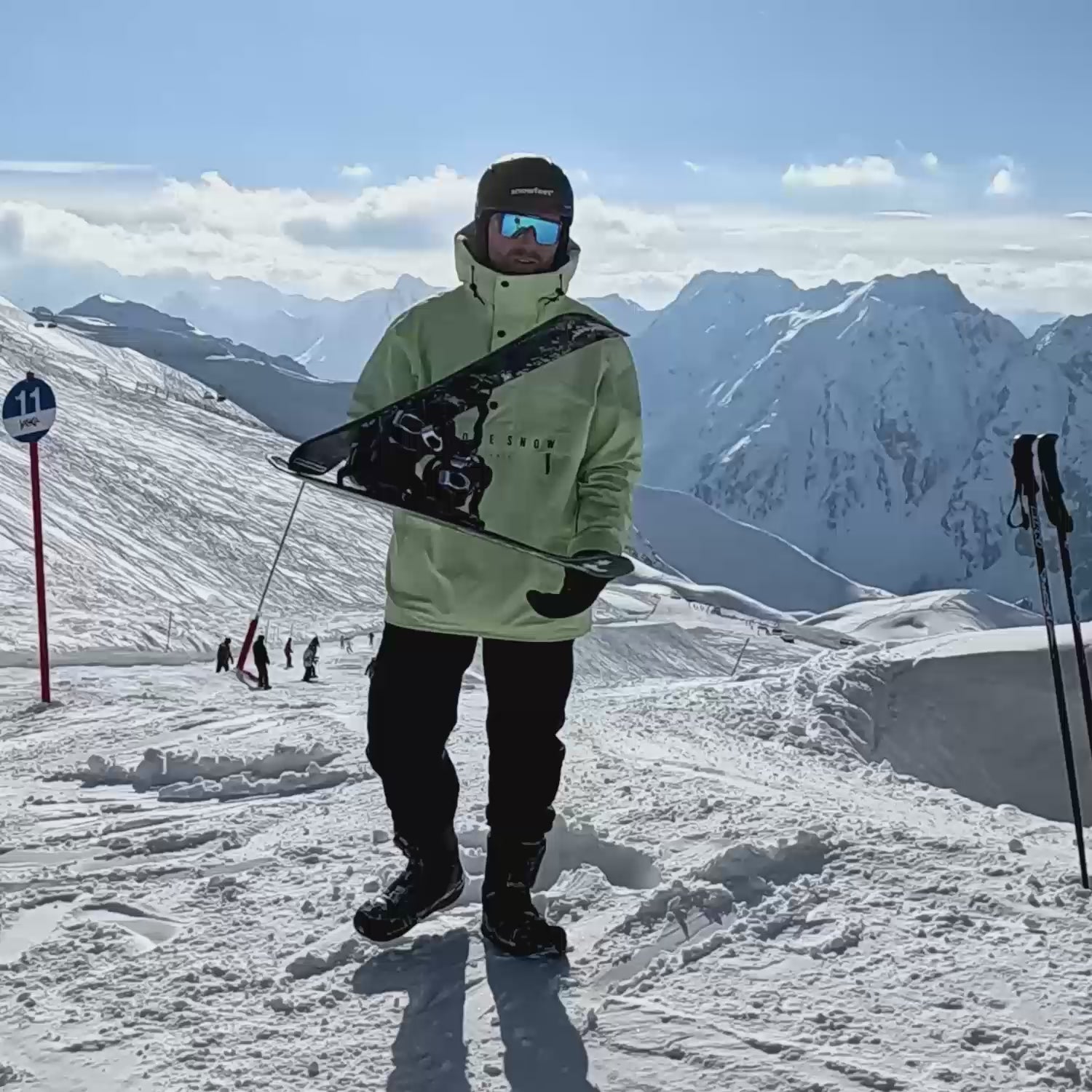
Laisser un commentaire
Ce site est protégé par hCaptcha, et la Politique de confidentialité et les Conditions de service de hCaptcha s’appliquent.